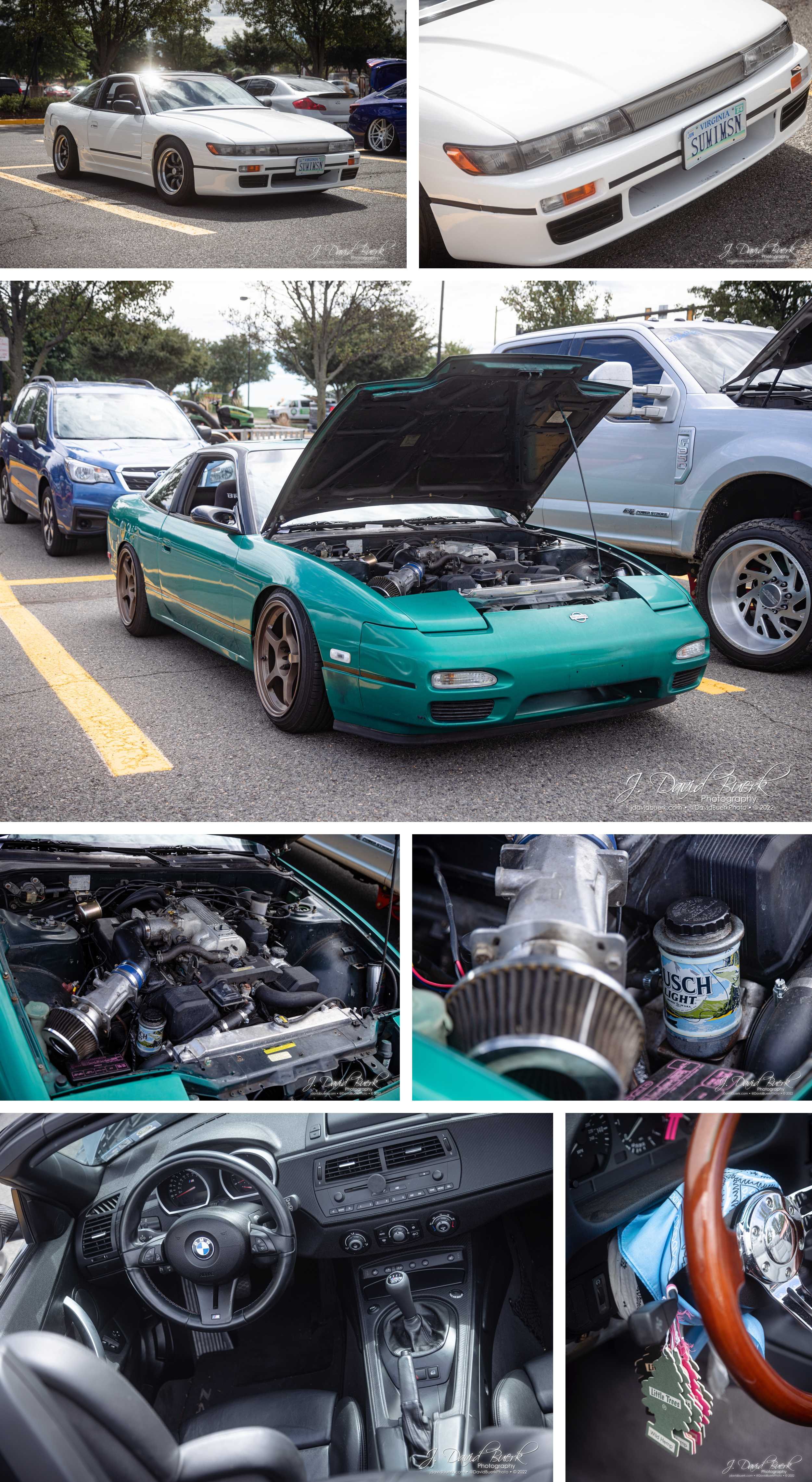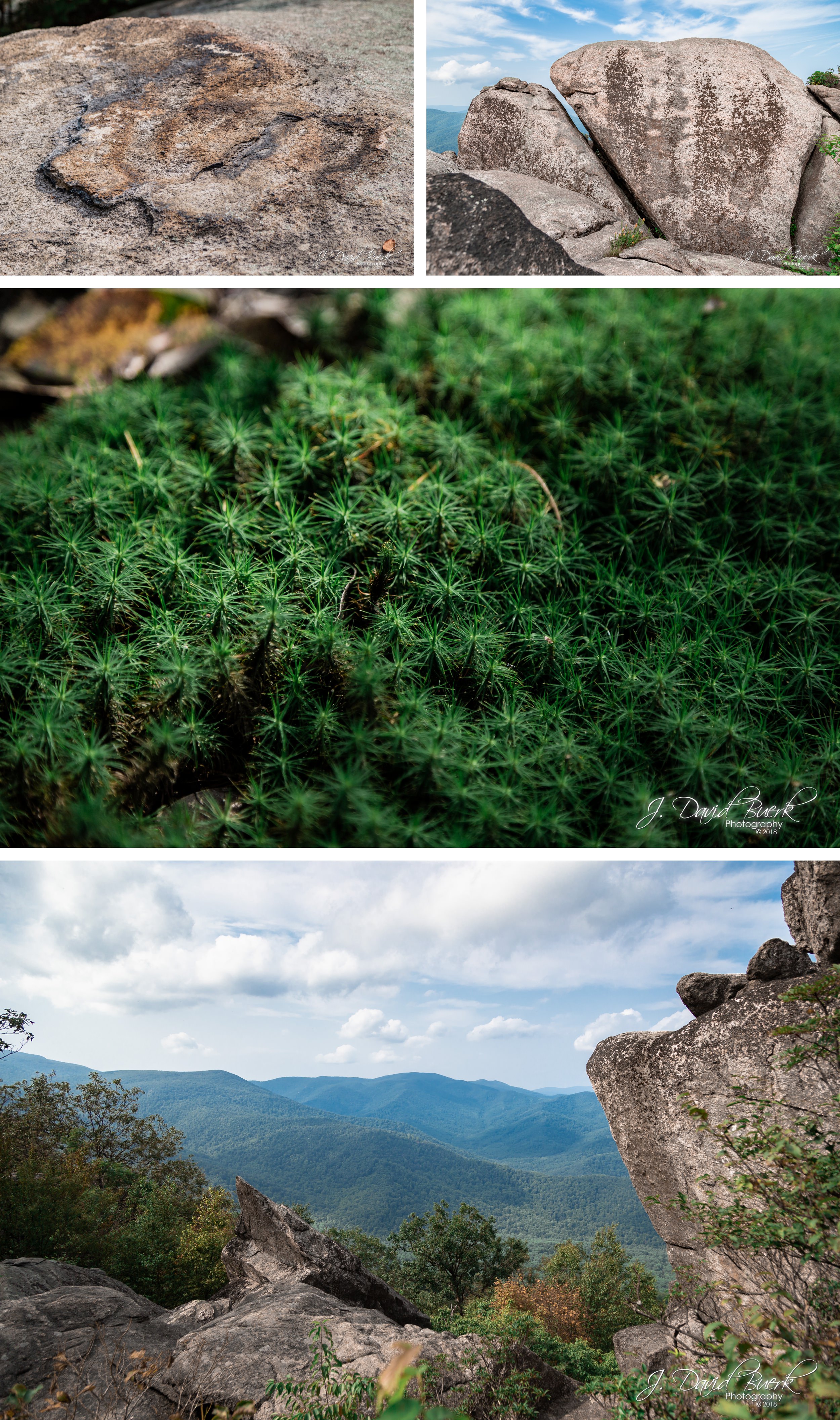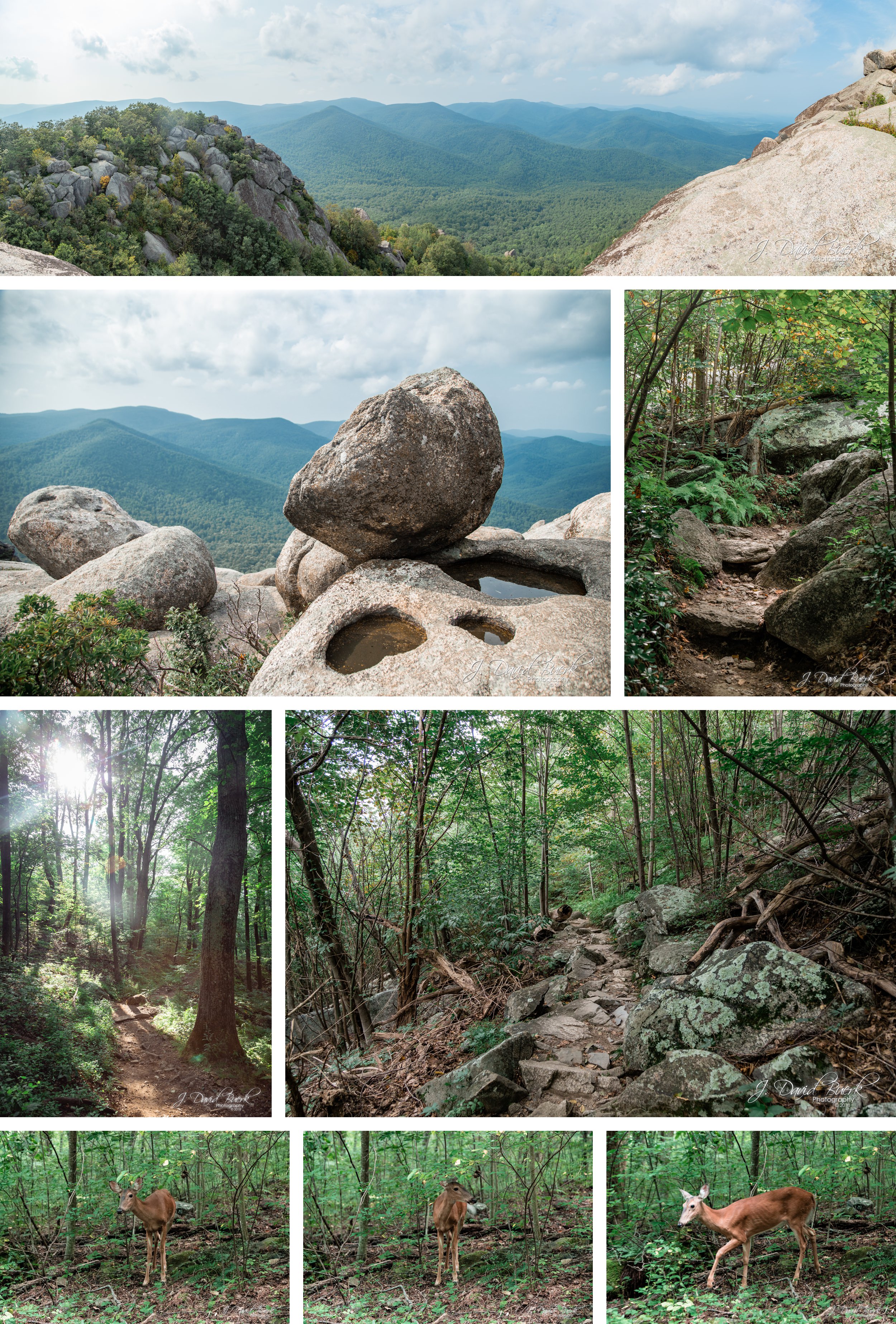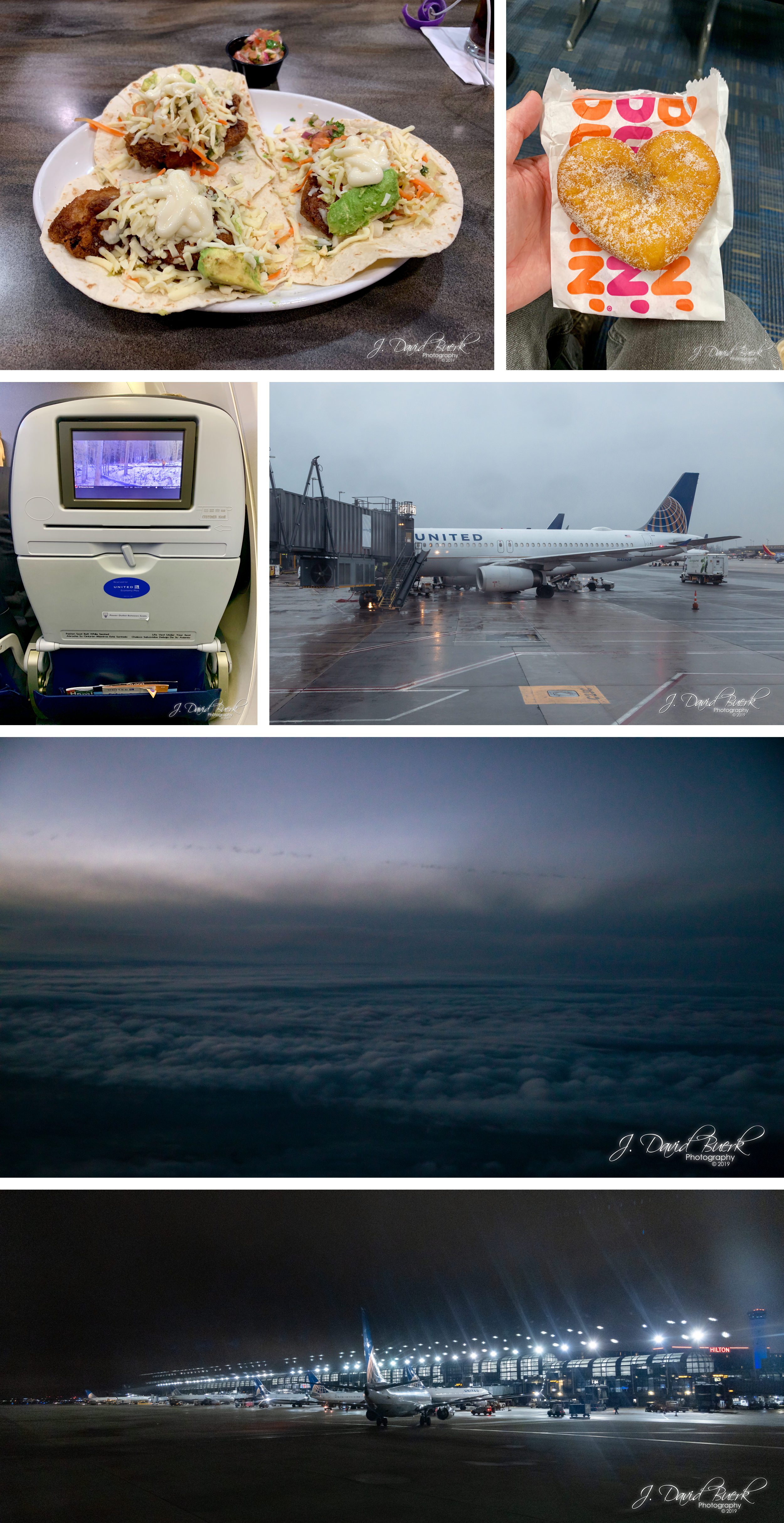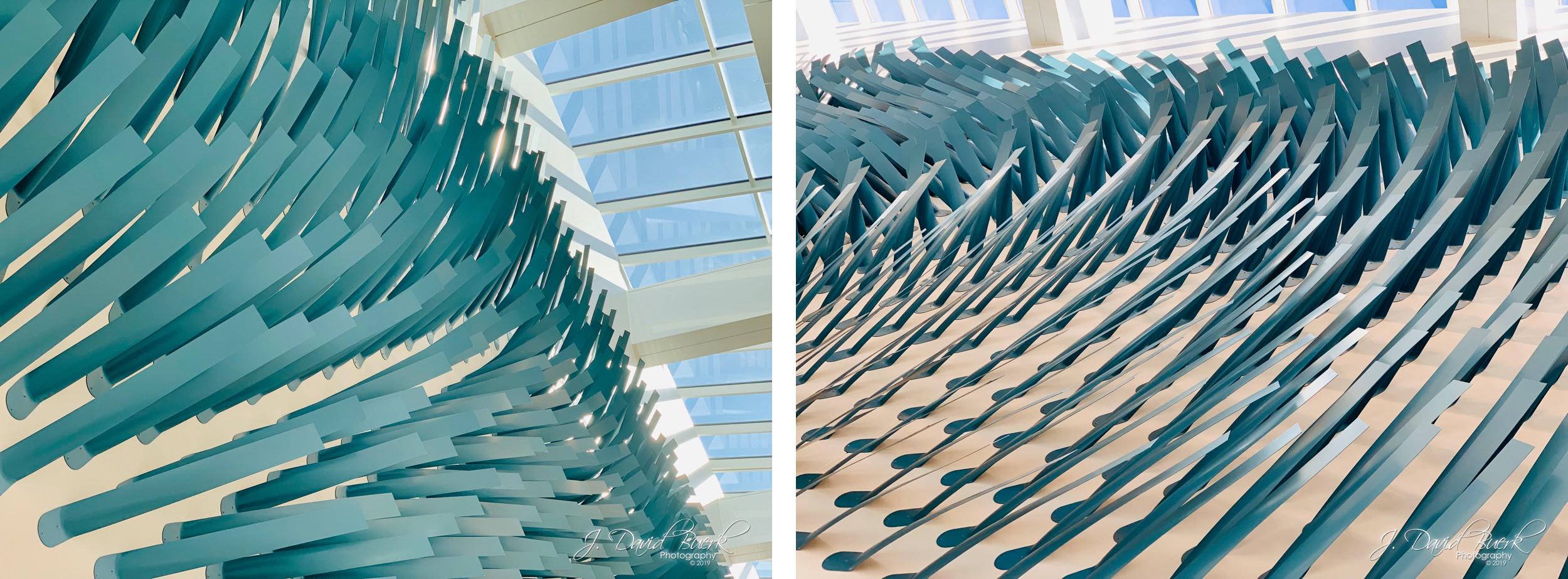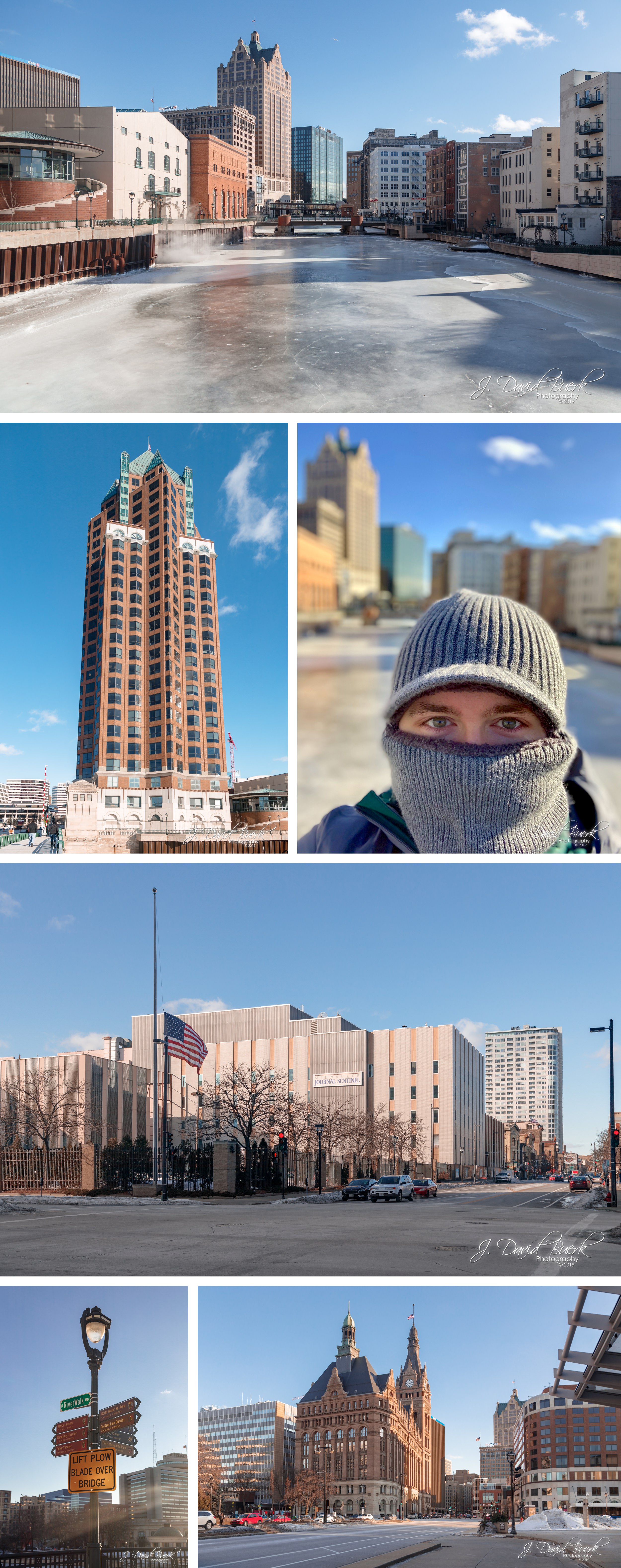If you ever have the opportunity to go see a total eclipse, or even more impressive, an annular eclipse, I cannot urge you strongly enough to go experience it. I've witnessed lunar eclipses, but this was my first solar eclipse, and with the totality arc sweeping only a 7 hour drive from DC, I knew if I was available I had to make the trip to experience it. I am so very glad I did.
Originally I didn't think I'd even be available to see the eclipse, let alone travel to totality, despite being invited by friends' families; I had a large photoshoot planned beginning Tuesday which would have made travel outside of DC impossible, and several inquiries for the day of which were quickly rescinded when they realized that was eclipse day - I wasn't accepting shoots for Monday anyway, as I wanted to be sure to be free to at least see a partial eclipse. In the end, the large photoshoot fell-through, leaving me free to make last-minute plans to travel to totality! I booked a small shoot with an ongoing client of mine for Tuesday afternoon, which meant I could drive back immediately after the eclipse and still make my Tuesday photoshoot even if traffic slowed me down, and oh boy, did the traffic do that; we'll get to that part later.
Since my eclipse plans were completely last-minute, fly-by-the-seat-of-my-pants, I hadn't made any arrangements up to that point, including obtaining solar filter glasses, which I'd looked up on Amazon months in advance, but didn't see anything for sale smaller than 100-packs - way more than what I needed. You can see some of my experience nabbing just two pairs of eclipse glasses in my previous blog entry about eclipse photography safety. I had considered buying a solar filter for my camera around the same time, but forwent it because A) I hadn't researched them yet, B) they're expensive, and C) they're highly specialized, specific-use tools that I'd be buying to use on only one occasion; in other words, not really worth the expense to me. Forming plans to travel for the eclipse mere days before the event was actually a good thing, because my original plan to travel to South Carolina would have been foiled by cloud-cover which prevented most of that state from seeing the eclipse at all. Thanks to late-stage forecasts from the National Weather Service, I chose Tennessee, which had the clearest skies in the country second to Oregon the day of the eclipse.
I knew finding a hotel inside the totality would have been impossible a month out, and I was ok with driving a bit before the eclipse, so I found a hotel just South of Knoxville one hour outside the totality, or 1.5hrs off of the totality centerline, and snagged a one of the last rooms available; that was about as close as one could book a few days before the eclipse anyway. The hotel was about 6hrs away, and traffic on the way down Sunday evening was just fine. The next morning, Jake and I awoke early and drove the hour South into the totality arc. With about an hour before the partial eclipse began, we grabbed a burger at Wendy's to fuel up before finding our final spot to stare at the sun. We weren't alone; seemingly everyone inside was doing the same thing, the Wendy's workers were changing their TV to a local news channel hosting an event in Sweetwater, Tennessee, and there were people setting up their telescopes under a tree on the hotel lawn next door. We easily could have stayed here to watch, but I wanted to get closer to the centerline since we had the time. We got in the car, drove another 20min South, passed Sweetwater (which I'd been considering until we saw the TV coverage) and exited in Niota to start looking for a clear spot to set up. Passing tent-cities and hippie-vans, we ended up in a youth baseball field grass parking lot with lots of other observers from all over the country. It was just by chance that we parked next to a pickup truck with a George Mason University sticker on the rear window. An ultra-light and a Cessna flew circles overhead waiting for the total eclipse to hit in about an hour and a half as folks were setting up their telescopes, cameras, and binoculars in the parking lot.


